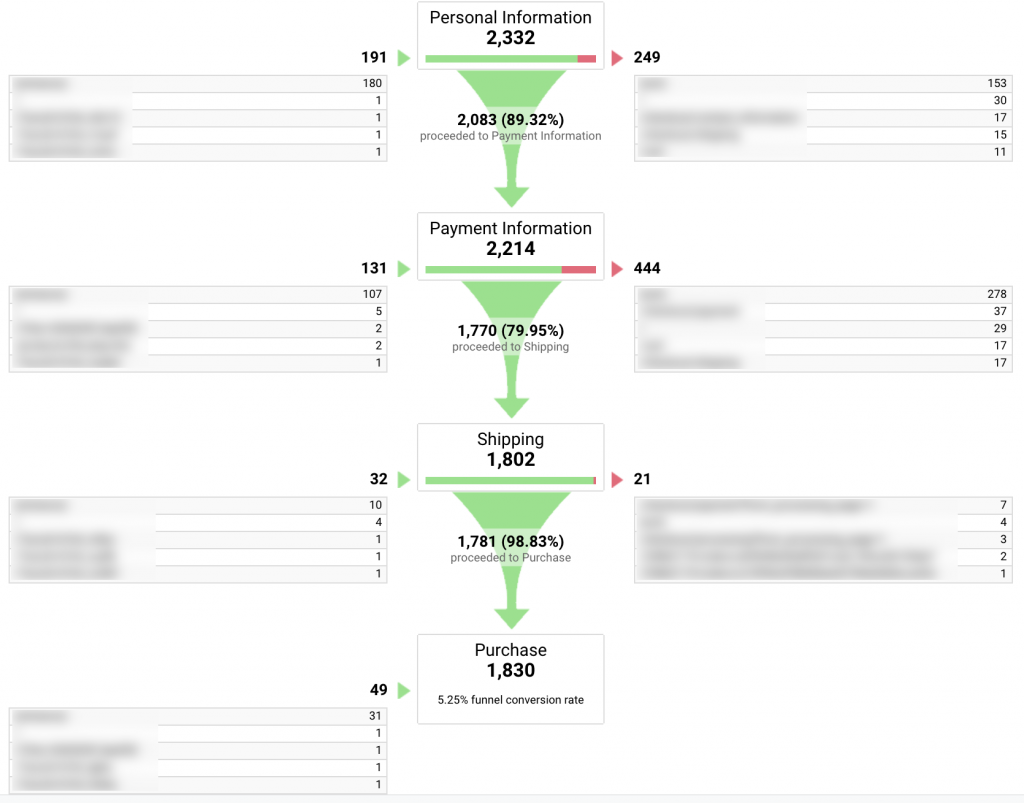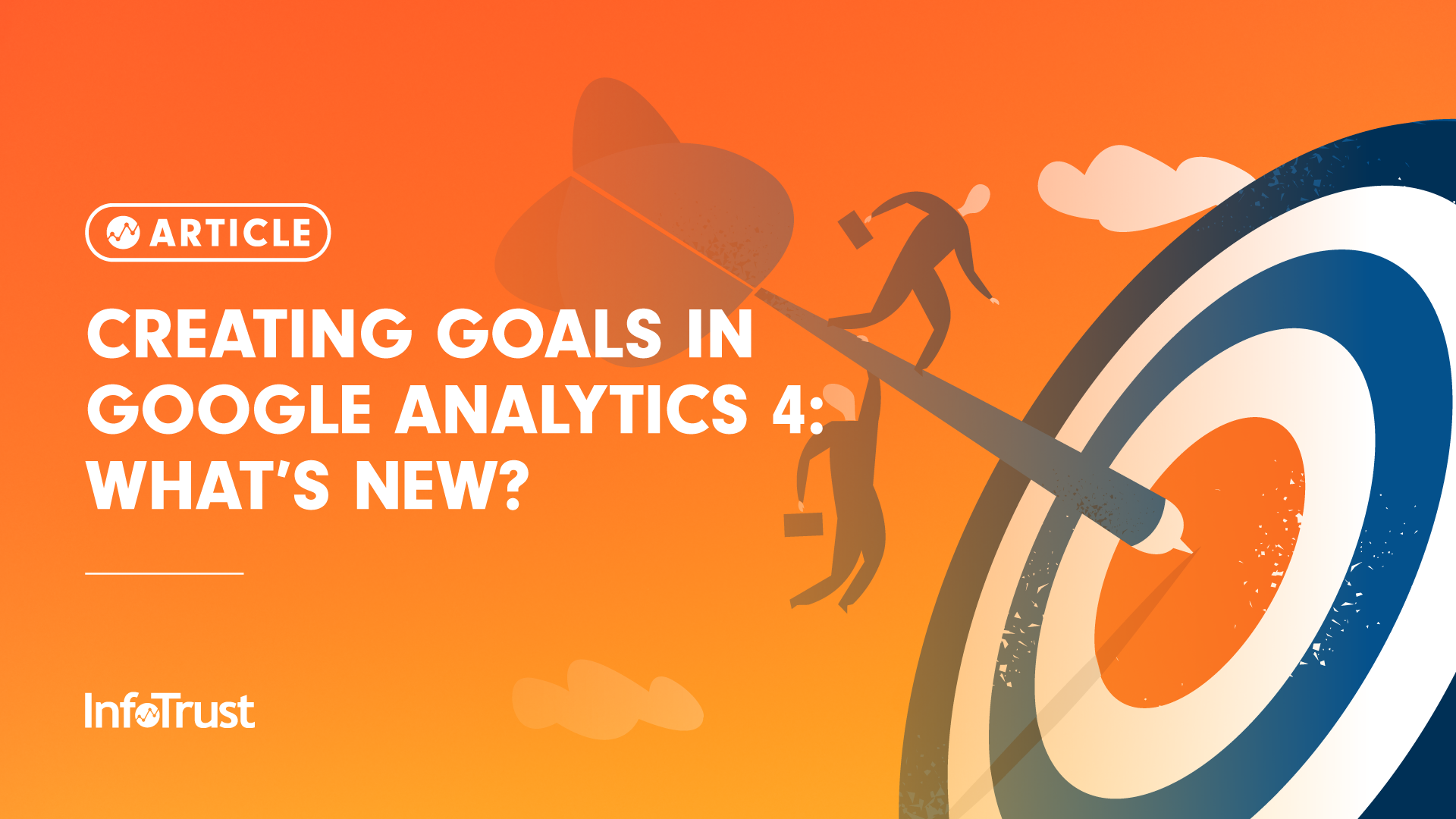Comprehensive Checklist of What Data Is Google Analytics Goals Unable to Track
Comprehensive Checklist of What Data Is Google Analytics Goals Unable to Track
Blog Article
Discover the Limitations of Google Analytics Goals: Introducing the Data Kind That Remain Untrackable
As organizations significantly count on data-driven decision-making, recognizing the limitations of tools like Google Analytics comes to be extremely important. While Google Analytics Goals offer useful understandings right into user communications, there exist data kinds that thwart tracking, posing challenges to a detailed understanding of individual behavior.
Insufficient User Journey Tracking
Insufficient user trip tracking within Google Analytics can hinder the capability to accurately assess individual behavior. When the individual trip is not fully tracked, there are voids in the information that prevent a detailed understanding of how individuals communicate with a web site. This absence of insight can lead to missed chances for optimization and renovations to the user experience.
One usual concern with incomplete customer trip monitoring is the lack of ability to see the complete path that customers take in the past completing a goal or leaving the website. Without this details, it is testing to recognize where users may be encountering barriers or rubbing points that avoid them from transforming. Furthermore, insufficient monitoring can cover the influence of specific marketing efforts or website modifications on user behavior.
To resolve this restriction, it is vital to establish appropriate tracking systems within Google Analytics to record the entire individual journey. This may involve establishing event monitoring, goal funnels, or using devices like Google Tag Supervisor to make certain that no important interactions go unrecorded. By gaining a thorough sight of the user journey, web site owners can make even more enlightened choices to boost individual interaction and drive conversions.
Acknowledgment Difficulties
Navigating via attribution obstacles in Google Analytics calls for a complete understanding of just how different touchpoints add to the overall conversion process. Attribution obstacles arise from the intricacy of modern-day customer journeys, where individuals engage with numerous channels prior to transforming. Google Analytics provides various attribution versions like first touch, last touch, and straight, each using a different point of view on just how credit scores is assigned to touchpoints along the conversion path. These designs might not always properly mirror the true effect of each touchpoint on the conversion.
One typical attribution challenge is the difficulty in attributing conversions to the appropriate resource, particularly in situations where users connect with numerous channels prior to transforming. This can lead to errors in figuring out which advertising initiatives are driving one of the most conversions. In addition, cross-device monitoring postures an additional acknowledgment difficulty, as individuals often switch over in between gadgets throughout their journey, making it challenging to track their communications effortlessly. Online marketers have to thoroughly examine and translate acknowledgment information to make enlightened choices and optimize their advertising and marketing approaches efficiently.
Offline Conversions
Offered the obstacles related to associating conversions properly in online channels, the dimension of offline conversions provides a significant chance for marketers looking for an extra comprehensive understanding of their clients' journey. Offline conversions refer to activities that consumers take in the physical world, such as making acquisitions in brick-and-mortar stores or over the phone, participating in events, or involving with published materials - what data is google analytics goals unable to track. These conversions are vital for businesses that run both online and offline, as they provide beneficial insights into the efficiency of advertising campaigns throughout numerous touchpoints
Tracking offline conversions generally presented a considerable challenge for marketing experts, as it was testing to connect these actions back to details on the internet interactions properly. Nonetheless, with innovations in innovation, such as the integration of CRM systems, distinct identifiers, and discount coupon codes, businesses can currently link the space between online and offline data to get a much more holistic sight of customer habits. By properly gauging offline conversions, marketing professionals can enhance their methods, allot resources much more effectively, and ultimately improve the overall client experience.
Cross-Device Monitoring
Cross-device monitoring plays a critical function in comprehending the interconnected nature of consumers' electronic interactions throughout multiple gadgets. In today's omnichannel world, where individuals flawlessly switch over in between mobile phones, tablets, and desktop computers, tracking their habits throughout these devices is vital for marketing experts to gain a thorough view of their customer trip.

Furthermore, privacy problems and policies such as GDPR and CCPA have even more challenging cross-device tracking. With individuals requiring more control over their data and boosted constraints on monitoring modern technologies, marketers have to locate privacy-compliant and his comment is here cutting-edge methods to connect customer interactions across tools.
Dynamic Content Involvement
Understanding user engagement with dynamic web content is essential in enhancing electronic advertising and marketing methods for boosted audience interaction. Dynamic material describes website elements that change based on customer habits, preferences, or various other elements, providing a tailored experience. Tracking individual interactions with vibrant material poses difficulties for standard analytics tools like Google Analytics.
While Google Analytics can track fundamental interactions like clicks and web page sights, it may have a hard time to record even more nuanced engagements within vibrant web content. what data is google analytics goals unable to track. Metrics such as time spent on specific dynamic elements, float actions, or communications within pop-ups are typically not easily measurable making use of conventional tracking techniques. This limitation impedes online marketers' ability to completely realize exactly how users are engaging with vibrant content and customize their approaches accordingly

Final Thought
In verdict, Google Analytics goals have constraints in tracking incomplete customer journeys, attributing conversions accurately, capturing offline conversions, tracking cross-device interactions, and determining dynamic web content engagement. These restraints highlight the relevance of checking out additional monitoring techniques and tools to gain a more comprehensive understanding of user actions and conversions beyond what Google Analytics can offer.
While Google Analytics Goals offer valuable understandings right into customer communications, there exist data types that avoid monitoring, positioning challenges to a comprehensive understanding of customer actions.Insufficient customer journey tracking within Google Analytics can prevent the ability to accurately examine customer actions. When the user journey is not fully tracked, there are gaps in the data you could try these out that avoid an extensive understanding of just how individuals connect with an internet site.One typical concern with insufficient user journey tracking is the failure to see the complete course that customers take in the past completing a goal this page or leaving the website. By gaining a detailed view of the individual journey, web site proprietors can make more enlightened choices to improve customer interaction and drive conversions.
Report this page